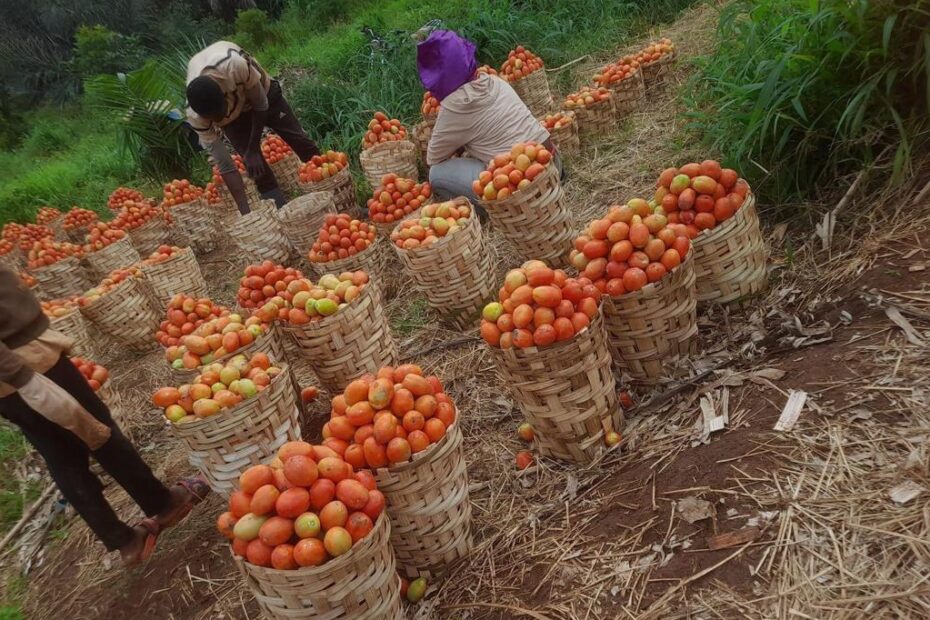- Limited Resources: Initial funding and access to necessary materials, such as seeds, tools, and irrigation systems, were limited. Securing financial support and donations was critical to overcoming this hurdle.
- Soil Quality: The quality of the soil varied across different areas of the garden. Some plots required significant improvement through composting and soil amendment to support healthy crop growth.
- Water Availability: Access to reliable water sources posed a challenge, especially during dry seasons. Implementing effective irrigation systems and rainwater harvesting methods was essential to ensure consistent watering.
- Pest Management: Managing pests and diseases without relying on chemical pesticides was a significant challenge. Educating the community about integrated pest management techniques took time and effort.
- Community Participation: Engaging community members and encouraging consistent participation required ongoing motivation and organization. Some individuals initially hesitated to commit time and labor to the project.
- Knowledge and Skills Gap: Many community members had limited experience with sustainable farming practices. Providing effective training and support to build their skills took considerable effort.
- Climate Variability: Weather conditions, such as unexpected rainfall or prolonged drought, impacted planting schedules and crop yields. Adapting to these changes required flexibility and resilience.
- Cultural Practices: Some traditional farming practices conflicted with the sustainable methods being introduced. Navigating these cultural sensitivities while promoting new techniques was a delicate balance.
- Infrastructure Needs: Establishing necessary infrastructure, such as storage facilities for tools and harvested crops, was a logistical challenge that required additional resources and planning.
- Market Access: While selling surplus produce can provide economic benefits, accessing local markets and establishing fair pricing were initial hurdles that needed to be addressed.
- Sustainability of Efforts: Ensuring the long-term sustainability of the garden and its practices required ongoing support and motivation, as well as mechanisms for maintaining community interest over time.
These challenges necessitated a collaborative approach, where community input, support from organizations like Dulcet Association and Thrive for Food, and adaptive strategies were crucial for the successful establishment and ongoing management of the gardens.
The Dulcet Association/Thrive for Food community garden initiative has had a transformative impact on this rural village. By empowering residents to grow their own diverse, nutrient-rich foods, the project has enhanced food security, improved health outcomes, and created new economic opportunities. This collaborative model serves as an exemplary case study for community-driven agricultural development.
